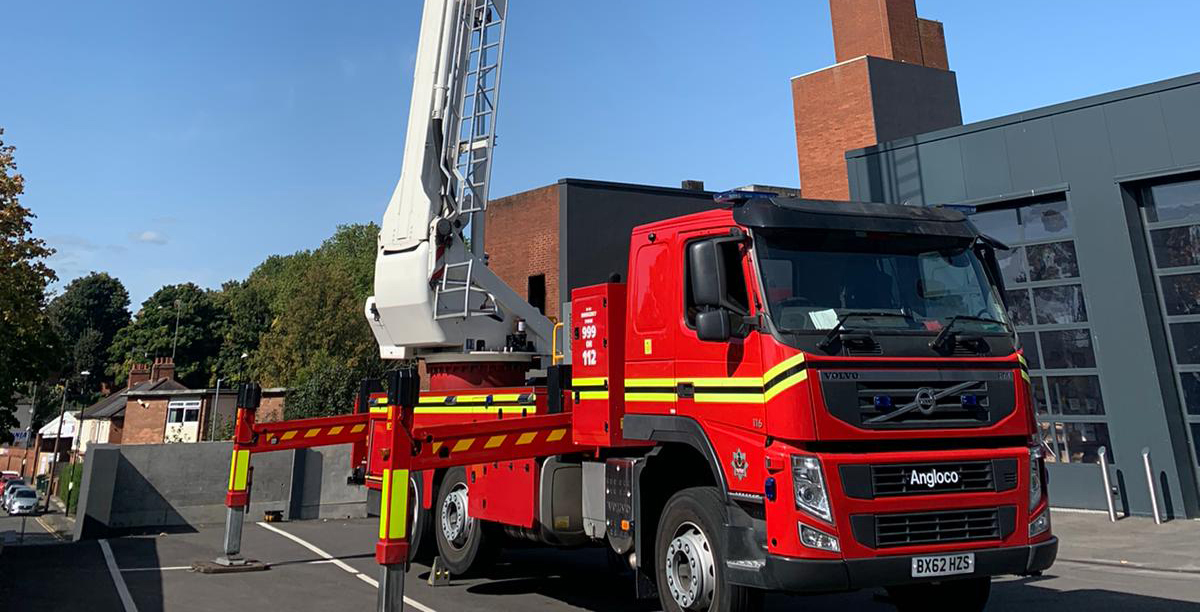The Hub is committed to delivering value to all end users of our services.
Value can be defined as many things, but most importantly for our Sector, value must deliver products and services that ensure continuity of our critical front-line services; align to our emerging operational environments; are inclusive; and keep our firefighters and end users safe from harm.
We have been tracking our outcomes against a methodology that has been developed and endorsed by the Home Office, but it predominantly looks at procurement efficiencies. Further information about the current methodology can be found here.
We believe that we can do more to track the benefits that we collectively deliver through our pipeline of projects, ensuring that we continue to align with the priorities and focus of the Sector. The Hub has therefore taken the decision to develop a methodology that expands our value proposition to capture efficiencies and benefits that link directly to specific relevant HMICFRS Inspection judgement criteria, which will enable us to record benefits that not only look at how we spend our money efficiently through collaboration, but crucially the operational benefits that the products and services enable. We won’t do this in isolation, this absolutely must be a methodology that works for us all. We are pleased therefore to be supported by colleagues within the NFCC Productivity and Efficiency Committee and will ask for views and feedback as the model is developed prior to its launch.
The judgement criteria that we feel we can best support in terms of providing evidence based data are;
Efficiency:
2.1 How well does the FRS use resources to manage risk?
2.1.6 To what extent is the FRS actively exploring all opportunities for collaboration within and beyond the fire and rescue sector, and are the anticipated benefits from collaboration being realised?
2.1.8 To what extent does the FRS show sound financial management of non-pay costs, including estates, fleet and equipment through benchmarking, contract renegotiation and procurement?
2.1.9 To what extent can the FRS show that the efficiencies it has made have sustained or improved its operational performance?
Outstanding
- The FRS provides high-performing services to the public through innovative and flexible working patterns, which have led to demonstrable cost savings/service improvements.
- The FRS has had a significant impact in bringing about cross-service or collaborative savings which can be reinvested in service provision.
- The FRS is at the forefront across services nationally, of improving productivity and making excellent or innovative use of its resources.
Inadequate
- The FRS does not have an agreed financial plan that sufficiently meets the priorities set out in the integrated risk management plan.
- The FRS has not allocated enough of its resources, or is not making enough use of its resources, to meet the priorities set out in the integrated risk management plan.
- The FRS has not reduced non-frontline operational costs sufficiently or has not used savings in a well-managed way.
- Collaborative activity has an adverse impact on the provision of the FRS core functions or workforce efficiencies.
People:
How well does the FRS promote its values and culture?
3.1.3 How well does the FRS understand the wellbeing needs of its workforce and act to improve workforce wellbeing?
Good: The FRS has well-understood and effective wellbeing policies and procedures. These policies and procedures are available to and are understood by staff. The FRS effectively promotes the mental and physical health and wellbeing of staff. FRS staff understand and have confidence in wellbeing support processes.
Requires improvement: Some practices to support mental and physical health exist, but these are limited in scope and ambition. FRS staff have limited confidence in support processes.
3.1.4 To what extent is a culture of promoting health and safety evident at all levels of the FRS?
Good: The FRS has well-understood and effective health and safety policies and procedures. These policies and procedures are available to, and help to afford protections to, staff. The FRS effectively promotes the health and safety of staff.
Requires improvement: The FRS has health and safety policies but these are not well understood and staff do not think that they are fully effective. Some practices to support health and safety exist, but these are limited in scope and ambition.
An example of to what Extent is a culture of promoting health and safety evident at all levels of the FRS

A good health and safety culture should be evident at all levels of FRSs and demonstrated by good leadership, two way communications, employee involvement (consultation), a learning culture with a mature attitude to blame.
The use of British, European and Internal standards throughout organisations is a good indication of how the health and safety is promoted at all levels. In the supply of PPE for example product standards ensure that the basic, health and safety requirements of the PPE at Work Regulations are met whilst the the use of product standards for other operational equipment would demonstrate compliance with Provision and Use of Equipment at Work Regulations (PUWER).
Outstanding
In addition to performing at levels described in Good:
- The FRS senior leaders embody a clear vision for the service. All staff understand that this is a service priority and positive behaviours are firmly in place, accepted, demonstrated and understood across the whole organisation.
Inadequate
Having not achieved the performance described in Requires Improvement:
- The FRS has a limited understanding of the wellbeing needs of the workforce.
- The FRS has not clearly set out, or senior managers do not demonstrate sufficiently, acceptable behaviours and values.
- The FRS has not established a culture where behaviours that are not in line with service values are routinely challenged.
3.3 How well does the FRS ensure fairness and diversity?
3.3.1 How well do leaders seek feedback and challenge from all parts of the workforce?
3.3.3 How well does the FRS identify and address potential disproportionality in recruitment, retention and progression?
3.3.4 How well does the FRS promote equality, diversity and inclusion to ensure fair and open opportunities for all?
Outstanding
- The FRS can demonstrate that it has taken successful steps to remove inequality and that it has made progress in improving fairness, diversity and inclusion at every level within the organisation. There is an inclusive work environment and equality is firmly established and understood throughout the policy and practice of the FRS.
Inadequate
- The mechanisms to engage and seek feedback from staff do not enable the FRS to sufficiently understand the needs of staff.
- The FRS understanding of the diversity of its workforce is not used, or is insufficient, to formulate an effective diversity plan.
- The FRS cannot demonstrate that it has taken sufficient steps to remove unfairness or that it has done enough to improve equality, diversity and inclusion at every level within the organisation.
If you have taken part in or been part of a collaboration initiative, please get in touch. We would be happy to provide evidence to link into the judgement criteria.
